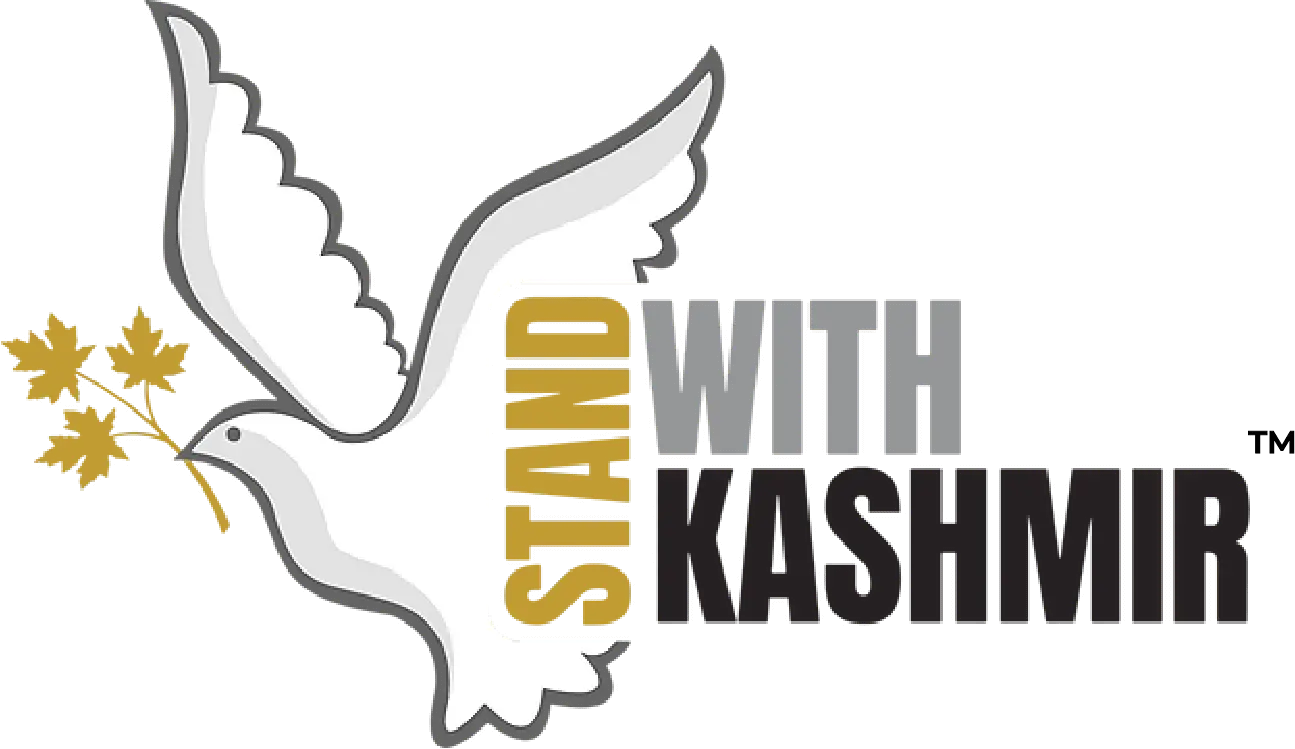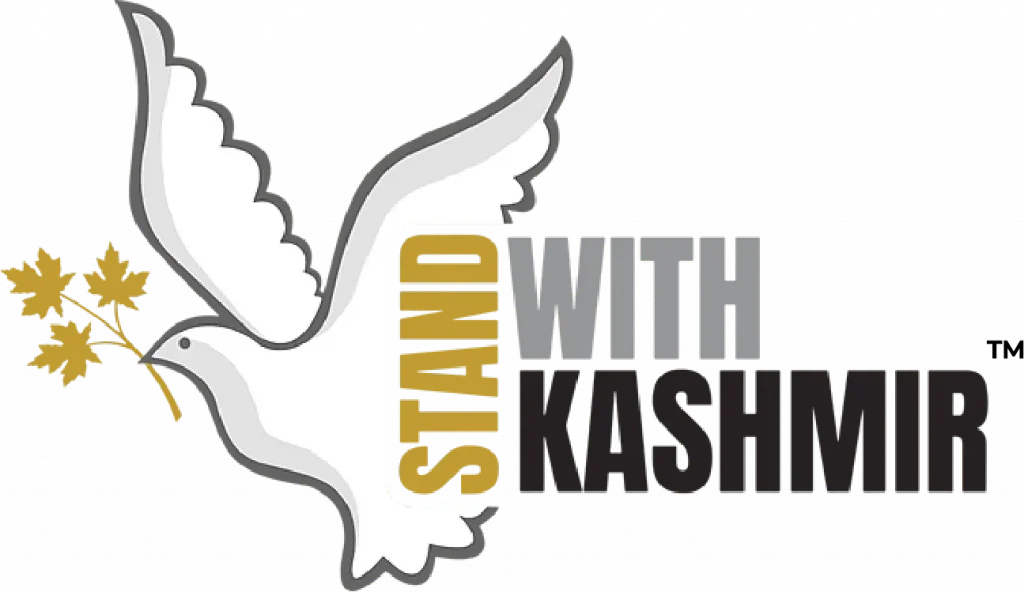On 8 May, 1991, the government forces had opened fire on a procession carrying the bodies of Kashmiris killed in Dachigam and SaedKadal. 28 Kashmiris were killed and 52 were wounded in Khanyar.
May
May 12, 1995
Tsar-i-Sharif Arson
Indian forces burned about 3000 houses and 600 shops in ten neighborhoods of the town of Tsar-i-Sharif during an encounter with pro-freedom rebels. The Shrine of Sheikh Noor-ud-Din Noorani was also destroyed, along with the adjoining mosque and religious compound. Over 15 Kashmiris were killed, some burned to death and others killed after having been used as human shields by the Indian forces.
The Indian government has been criticized for using “disproportionate force”, blowing up or burning houses, in Kashmir.
May 18, 2020
J&K Grant of Domicile Certificate Rules 2020
Previously, only J&K permanent residents could claim residency benefits, but now “domicile” is extended to non-native Kashmiris that meet criteria, such as
- Anyone who has lived in J&K for 15 years.
- Anyone who has studied in J&K for 7 years or appeared in class 10th/12th exams.
- All children of central government employees who have served in J&K for 10 years (even if they have never lived in J&K).
- All migrants that are registered with Relief and Rehabilitation Commissioner in J&K.
Land can be transferred to non-J&K residents, who can now permanently live there. Tens of thousands of Indian citizens can now apply for government jobs in J&K. Demographic flooding of Indians, that could affect the results of a potential plebiscite or referendum in India’s favor.
May 21, 1990
Hawal Massacre
Hawal Massacre was named after the Hawal area of Srinagar, where on 21 May 1990, the Indian paramilitary troops of the Central Reserve Police Force (CRPF) opened fire on the peaceful funeral procession which was carrying the body of Mirwaiz Moulana Muhammad Farooq who was assassinated by unidentified gunmen at his Nageen Residence. Over 60 Kashmiris were killed by paramilitary forces and hundreds injured.
May 26, 2008
Amarnath Land Row (The Start of the 2008 Uprising)
The Indian state-deployed government in Jammu and Kashmir agreed to transfer 99 acres of land to a Hindu shrine board to set up temporary camps for pilgrims. This decision led to mass protests all across Kashmir in the following months, which were met with state violence – including curfews and on shoot-to-kill orders. By the end of the summer, India had killed over 60 people, injured thousands. This order was eventually revoked.
May 29, 2009
Shopian Rape Case
Two young women, Asiya, 17, and her sister-in-law Neelofar, 22, went missing after leaving their family orchard in the Nagbal area of South Kashmir’s Shopian. Their bodies were found the following morning.
An investigation, led by local and civil society, concluded that the two women were raped and murdered by Indian forces. More than a decade later, their family is still trying to seek justice.
Please contact us regarding any event detail
or edit that you may have for the dates on this page
©2025 StandWithKashmir All rights reserved. SWK is a 501(c)(3) non-for-profit organization.

